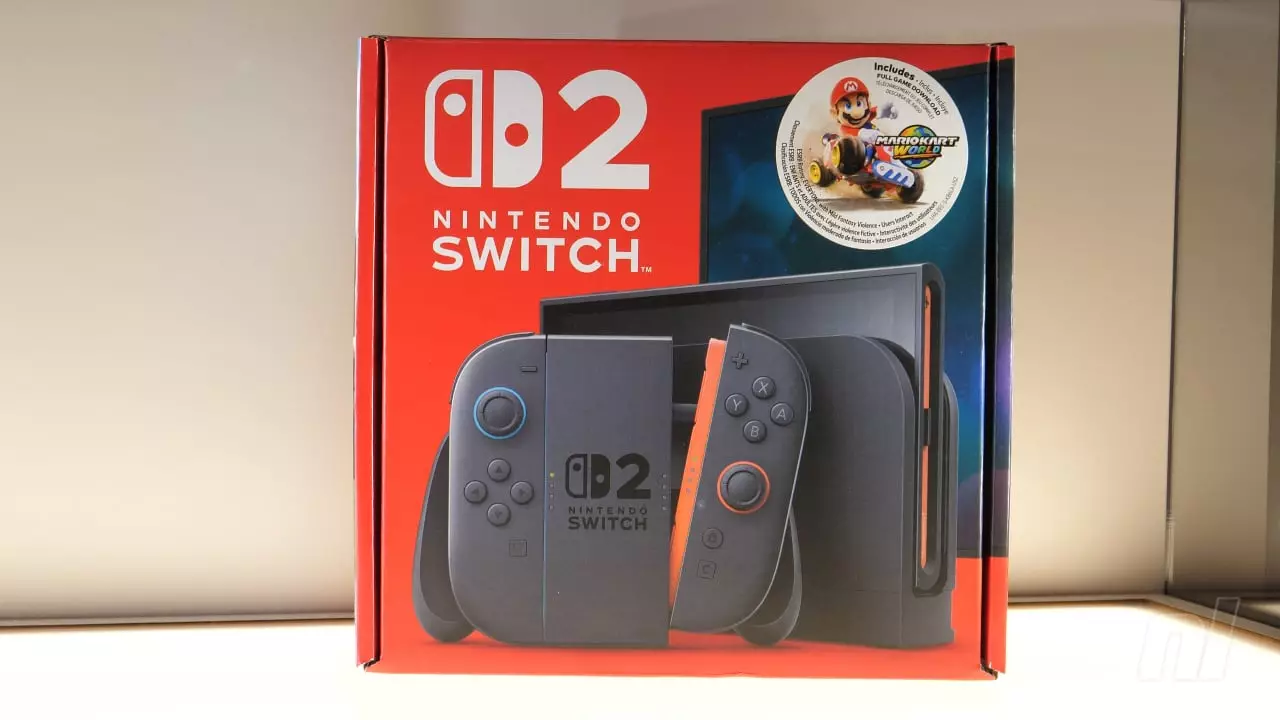Nintendo has spearheaded the gaming industry with its innovative strategies and engaging consoles, and the announcement regarding the Nintendo Switch 2 pricing is a testament to this legacy. The base model is set at $449.99, while the highly anticipated Mario Kart World bundle will be offered at $499.99. This pricing reflects an unchanged stance from what was initially revealed on April 2, providing a sense of consistency and reliability for fans eagerly waiting for the device’s launch on June 5, 2025. This steady approach is commendable and suggests that Nintendo is committed to maintaining its core audience’s trust amidst the fluctuating economic landscape.
Understanding Market Trends and Price Adjustments
While the base prices for the Switch 2 and its signature games remain consistent, the situation with accessories conveys a more complex narrative. Due to shifts in market conditions, Nintendo has increased prices for various accessories by about $5, with some, like the dock and the strap, seeing a $10 and $1 increase, respectively. The financial implications of these adjustments are notable; while the central hardware prices have remained stable, the appended costs for accessories could strain budgets for dedicated gamers looking to fully equip themselves. This raises questions about the sustainability of such pricing strategies and how they may evolve if the economy shifts once more.
Nintendo’s acknowledgment of potential future price adjustments creates an air of uncertainty that, while intended to inform, may evoke anxiety among fans. Will these price hikes continue? Will upcoming economic fluctuations impact game pricing, too? The reality is that the gaming community must navigate these variables, which highlight the delicate relationship between production costs and consumer expectations.
Pre-Orders and Customer Anticipation
An interesting turn of events has unfolded with the scheduling of pre-orders. Initially, announcements suggested immediate availability in various regions; however, pre-orders in the United States and Canada faced delays due to the U.S. tariffs impacting overseas production and shipping. This caused frustration among eager fans, leading Nintendo to issue an apology while reinforcing the community’s patience.
These delays, however, have not dampened the excitement surrounding the Switch 2. With pre-orders slated to begin on April 24, 2025, there remains a palpable buzz in anticipation. Nintendo confirms that invitations for direct pre-orders via the My Nintendo Store will be sent out starting May 8 for qualifying customers. This ensured approach not only fosters customer engagement but also establishes a structured method for fulfilling demand in a highly competitive market.
The Implications of Rising Accessory Prices
One of the most intriguing aspects of this pricing announcement is the broad range of increases across accessory items. For instance, the Nintendo Switch 2 Pro Controller rises from $74.99 to $84.99, a notable increase that may impact player investment. Such adjustments could deter casual players or newcomers who might be hesitant to dive into the investment required to fully enjoy the gaming experience.
As prices climb, gamers must weigh the pros and cons of purchasing additional accessories versus sticking to the base model. This decision-making process could lead to a significant divide within the community, with hardcore fans more likely to embrace these changes while casual gamers might consider alternative gaming options.
Nintendo’s Forward-Looking Vision
Despite the mixed feelings surrounding pricing strategies, one cannot overlook Nintendo’s forward-thinking approach. Their dedication to remain engaged with fans through transparent communication reflects a desire to remain a mainstay in the ever-evolving gaming market. By publicly addressing potential future adjustments and revealing insight into their pricing rationale, Nintendo positions itself as a responsive player, ready to adapt and evolve.
However, a balance must be struck. It’s important for Nintendo not only to communicate openly but also to ensure that their pricing strategy does not alienate a significant portion of their customer base. As gaming continues to evolve in a post-pandemic world, maintaining accessibility through competitive pricing will be crucial for sustaining their dedicated fanbase.
In light of economic volatility, determining the future impact of these pricing structures will require keen observation and adaptation. Nintendo has once again positioned itself as a major player in the gaming landscape, but the journey ahead will be shaped not only by consumer preference but also by wider economic trends.

